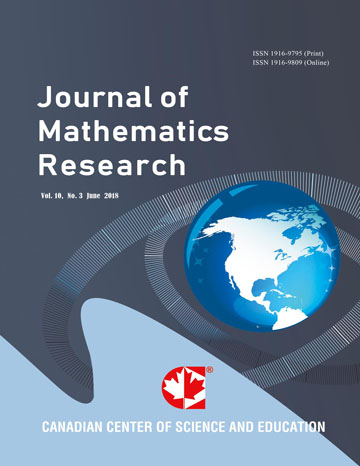Key Role of Dimensional Analysis Homogeneity in Proving Riemann Hypothesis and Providing Explanations on the Closely Related Gram Points
Abstract
Riemann zeta function is the famous complex number infinite series consisting of a real and an imaginary part. Non-trivial zeros and Gram points are best seen as mathematically derived entities of this function when its variable Sigma has a value of $\frac{1}{2}$. The presence [but not the actual locations] of the complete set of infinite non-trivial zeros is characterized by the criterion that the sum total of the simultaneous real and imaginary parts in Riemann zeta function equates to zero. In an identical manner this slightly altered criterion for the presence [but not the actual locations] of the complete set of infinite Gram points is that this 'sum total' now refer to the lesser requirement that only the individual imaginary part in Riemann zeta function equates to zero. The key role played by Dimensional analysis homogeneity to rigorously prove Riemann conjecture/hypothesis has been fully outlined in our landmark research paper published earlier on Page 9 - 21 in the preceding Volume 8, Number 3, June 2016 issue of this journal. Those resulting methodology previously employed by us are now mathematically used in an analogical procedure to delineate its role in successfully supplying crucial explanations for Gram points. In this research article, we use the notation \{Non-critical lines\}-Gram points to signify those 'near-identical' (virtual) Gram points when Sigma value is not $\frac{1}{2}$.
 PDF
PDF
